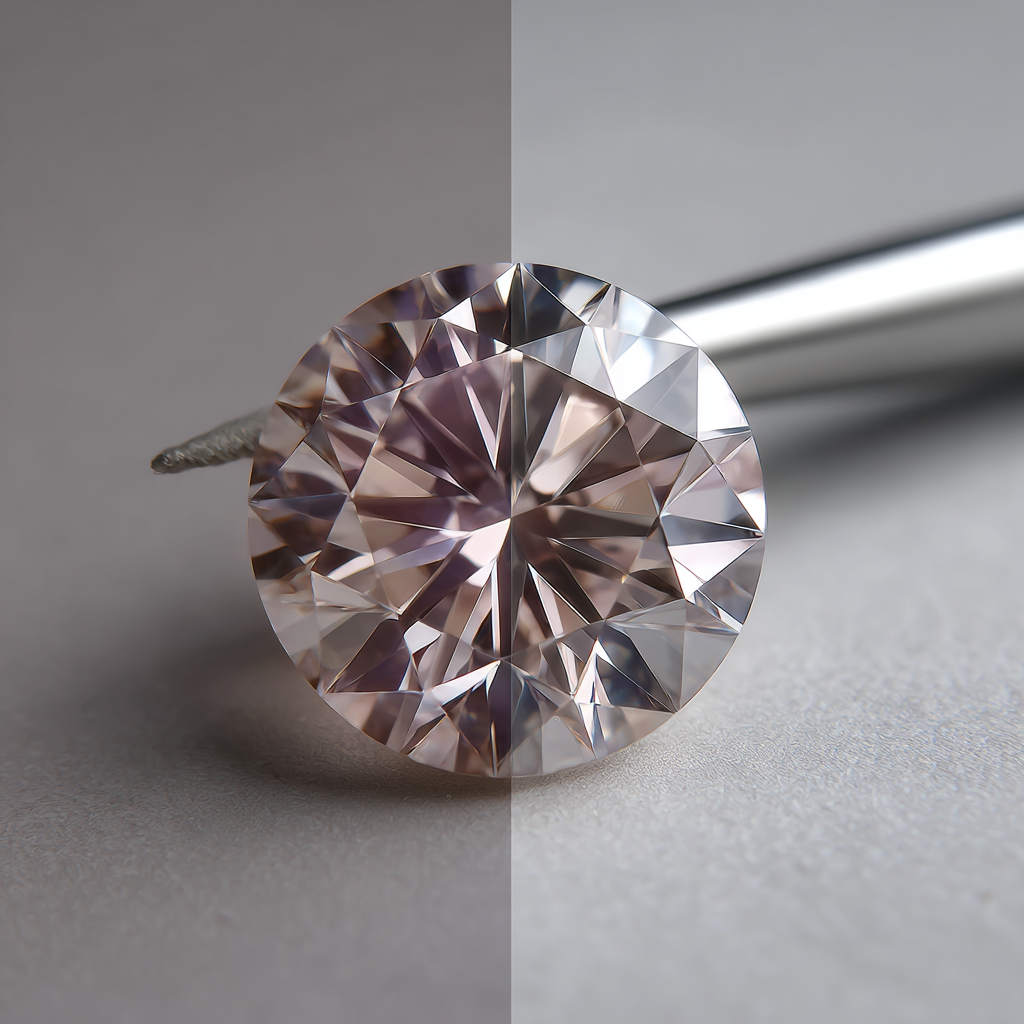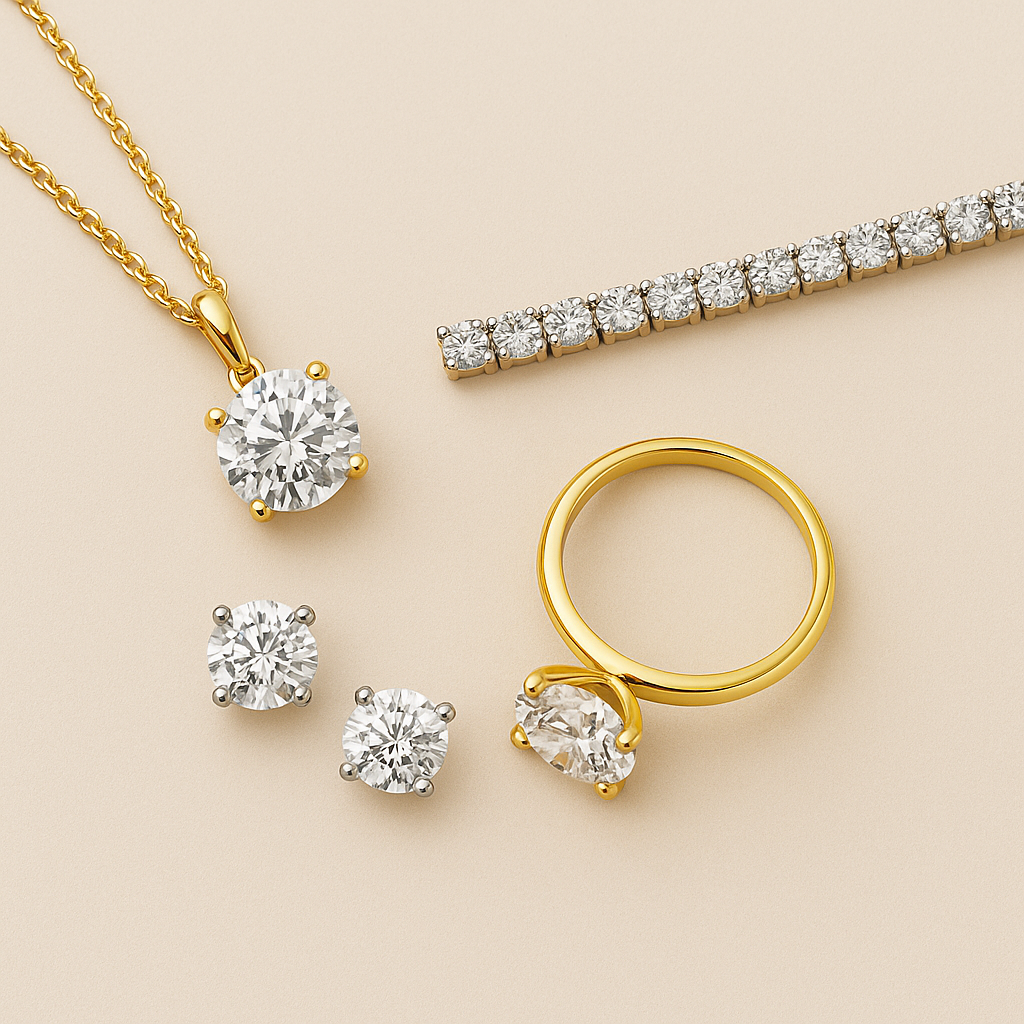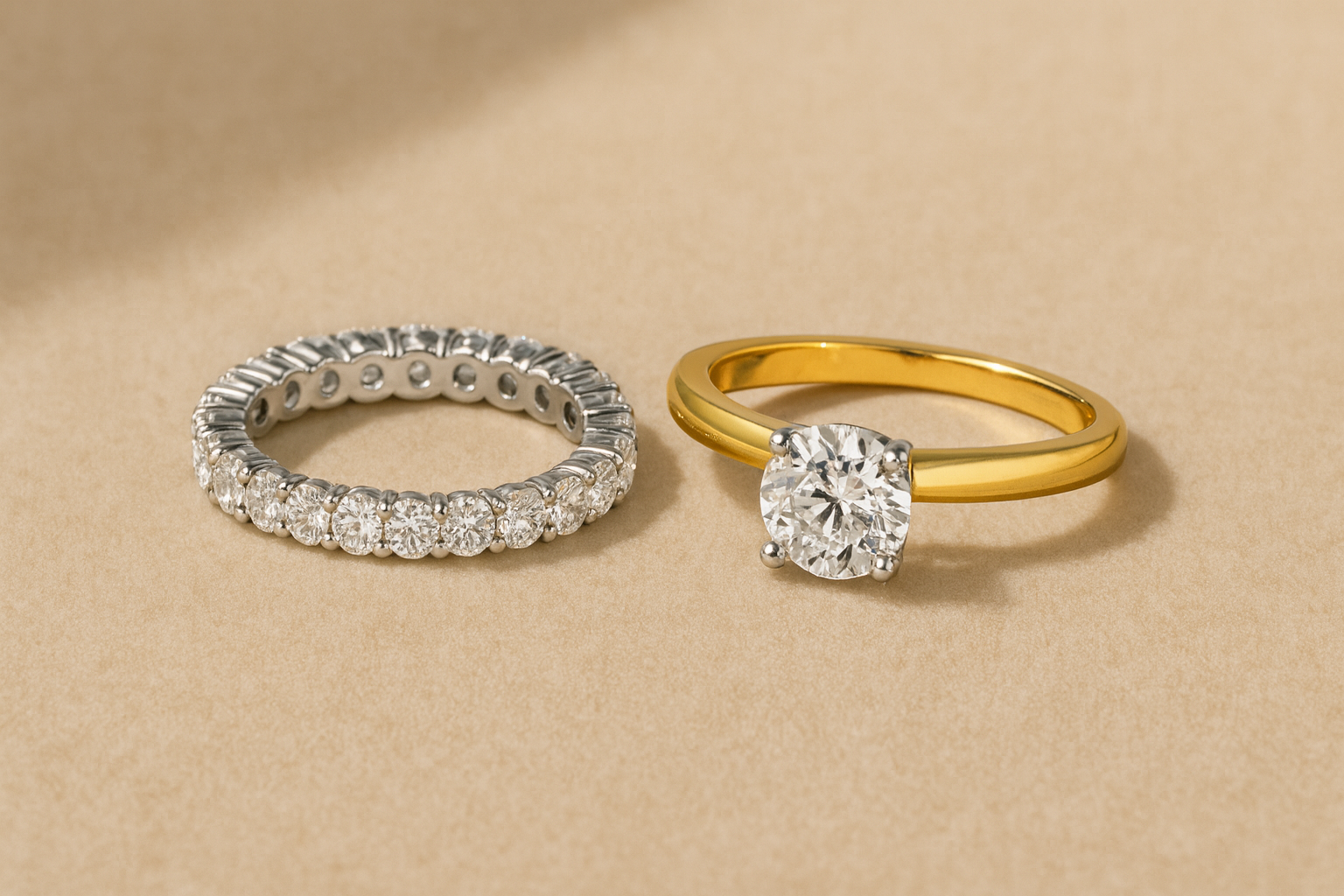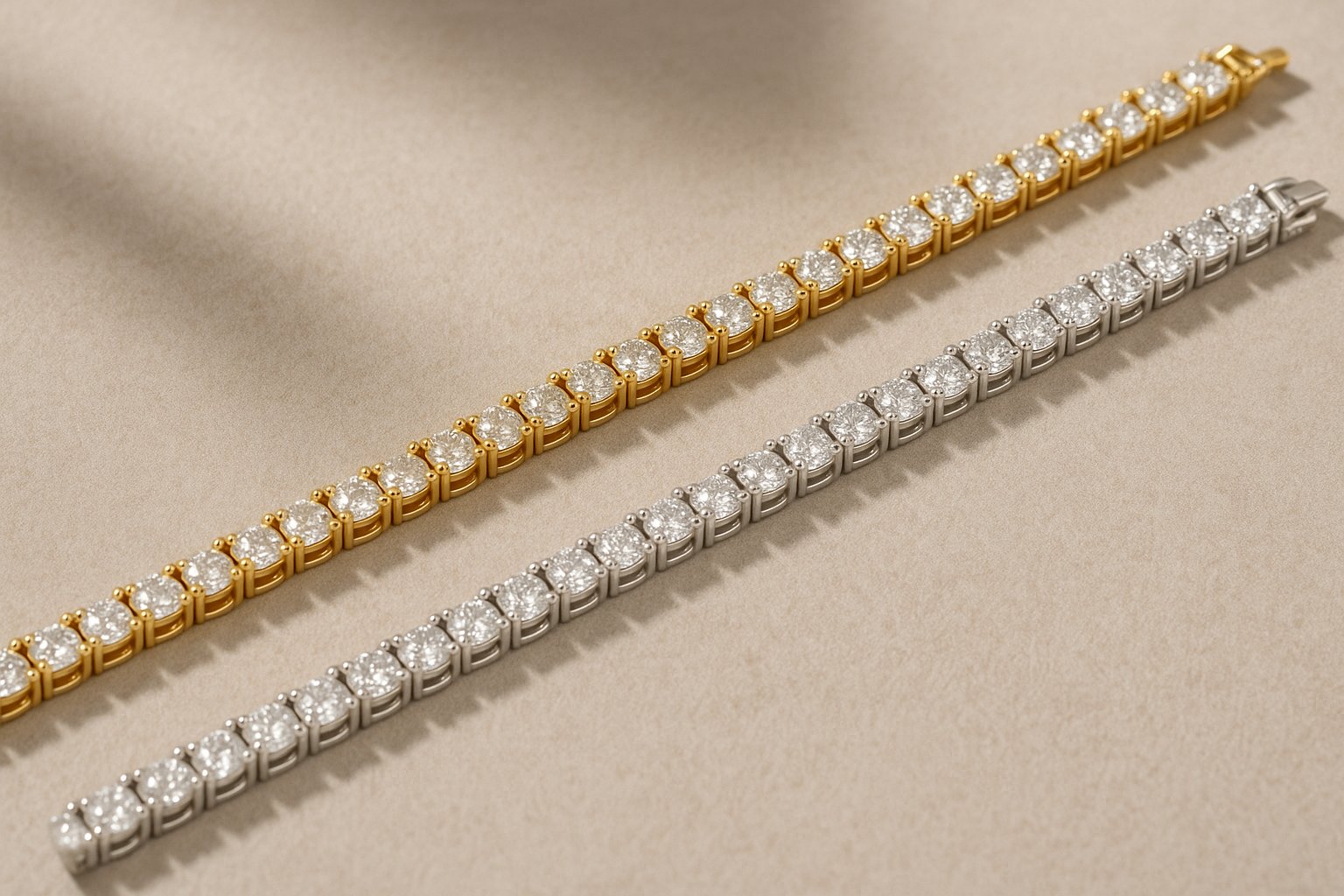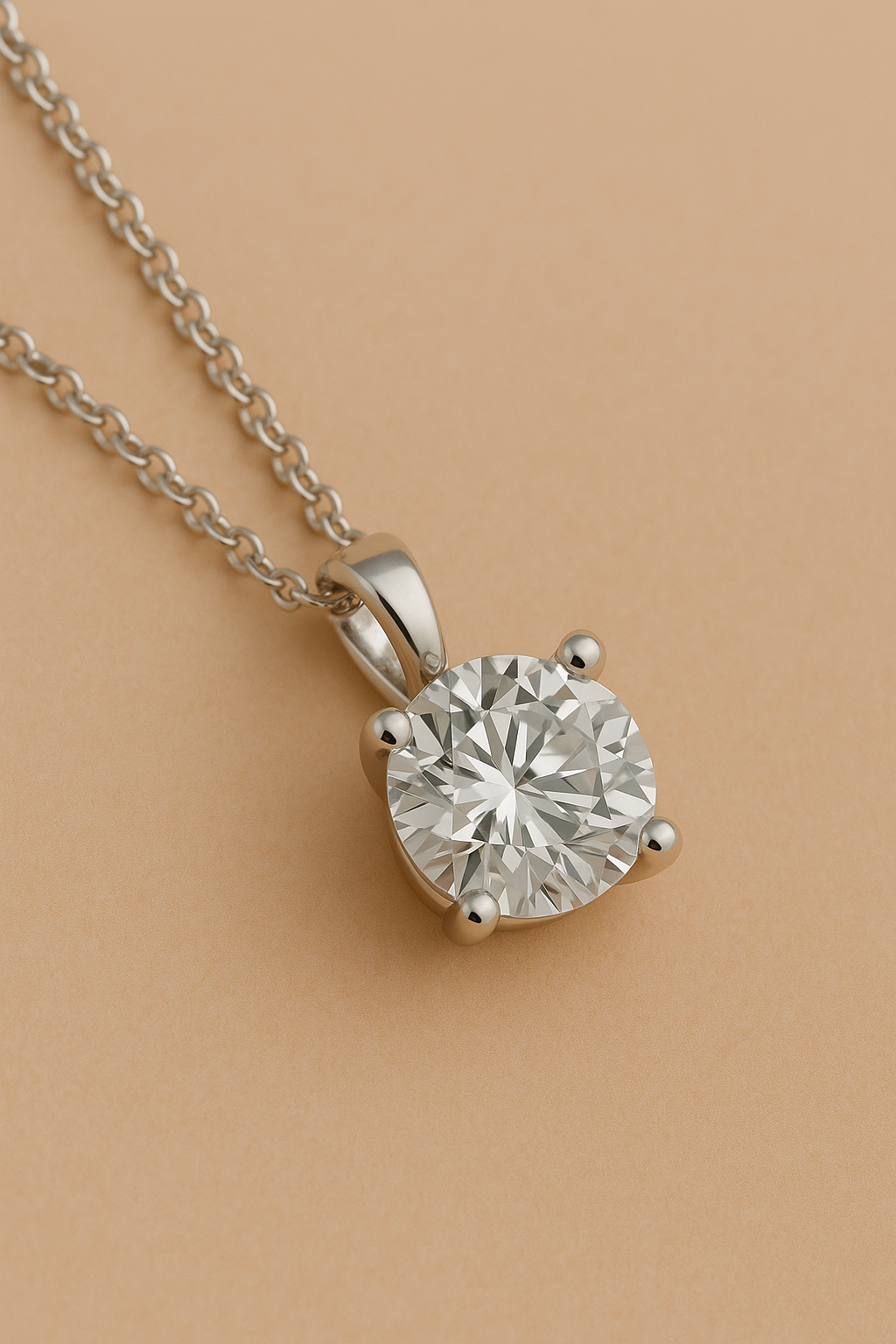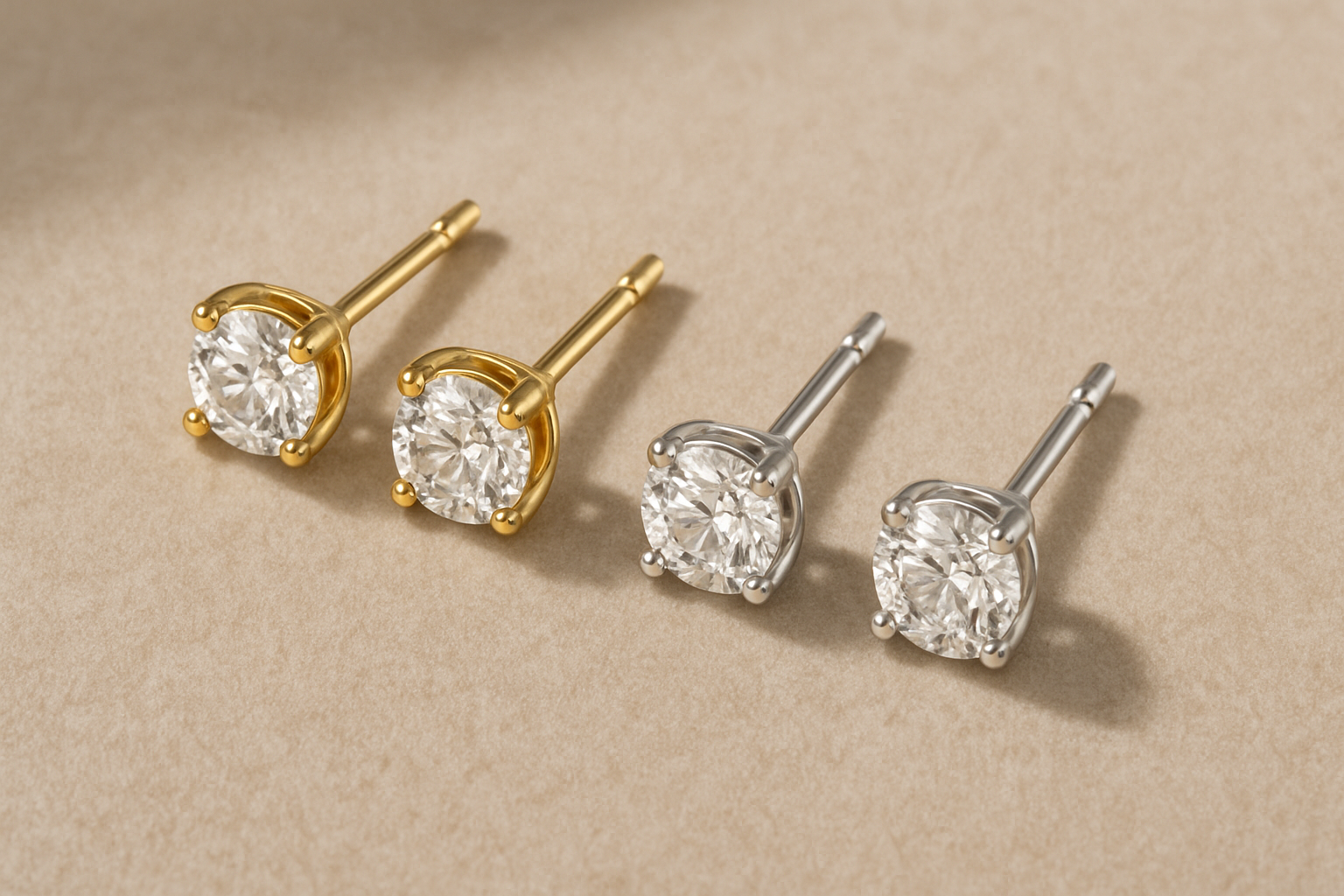lab-grown diamonds are rapidly gaining popularity, but many people wonder: what exactly is the difference between them and natural diamonds ? Are they really the same ? In this blog post, we explain how both are formed, what the physical differences (or similarities) are, and what this means for price, sustainability, and value .
the difference in origin
natural diamonds are formed deep within the earth under high pressure and temperature over millions of years . Lab-grown diamonds, on the other hand, are created in a laboratory in just a few weeks using techniques like cvd or hpht . Both are chemically, physically, and optically identical . The difference lies in origin, not composition .
appearance and quality
under a microscope, there's no difference between a lab-grown and a natural diamond . Both score the same on the 4 cs: carat, clarity, color, and cut . What can differ, however, is the price and the environmental impact .
price difference
lab-grown diamonds are typically 30-60% more affordable than natural diamonds of similar quality . This is primarily because the supply is more manageable and the production time is much shorter .
sustainability and ethics
lab-grown diamonds have a much smaller ecological footprint than natural diamonds, where large-scale mining and ecological damage are often unavoidable . They are also free of ethical issues such as conflict diamonds . Also read: are lab-grown diamonds sustainable ?
“the biggest difference between lab-grown and natural diamonds is their origin . Not their beauty . ”
value and investment
natural diamonds historically have a higher resale value, but lab-grown diamonds are also rapidly gaining popularity . However, their intrinsic value lies primarily in the wearing: whether you choose sustainable, affordable, or traditional .


